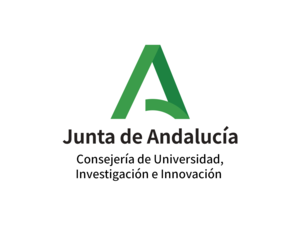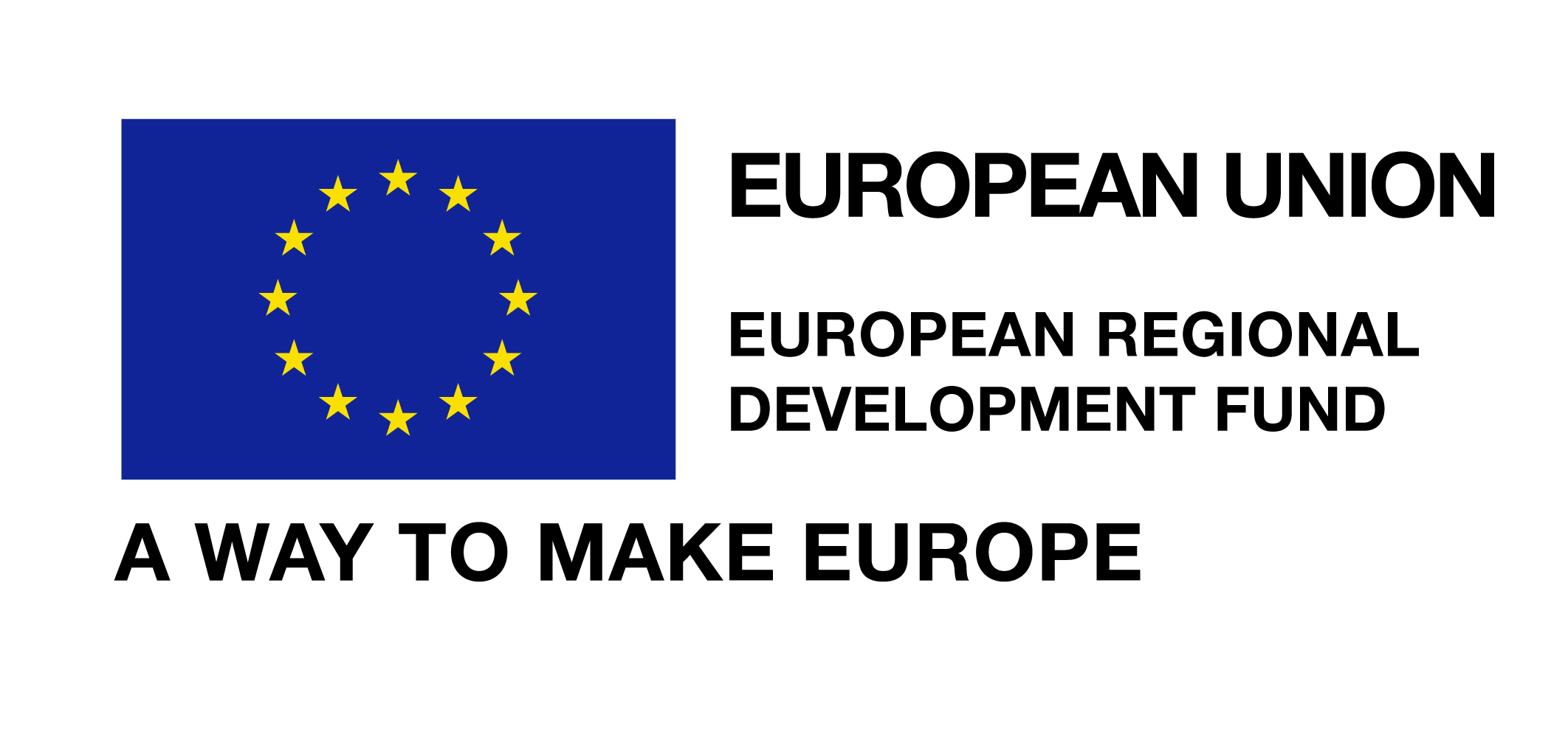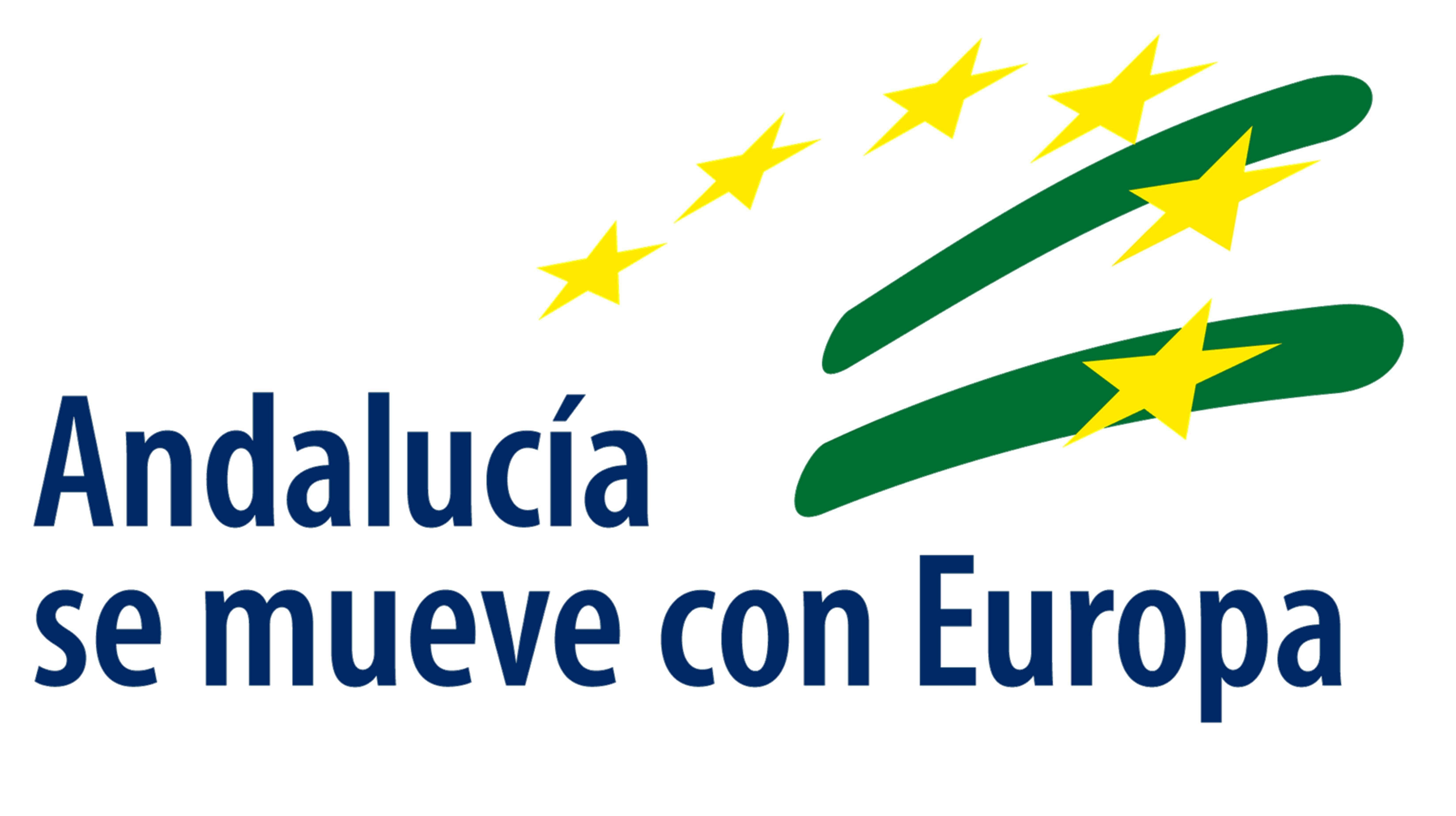


Title: Objective and subjective electrophysiological evaluation of the benefit of binaural perception in normal hearing individuals and cochlear implant users <<Evaluación electrofisiológica objetiva y subjetiva del beneficio de la percepción binaural en normoyentes y portadores de implante coclear>>
Acronym: BINAURAL-EVAL
Reference: B.TIC.382.UGR20
Funding source: Ayudas en concurrencia competitiva a proyectos de I+D+i en el marco del programa operativo FEDER Andalucía 2014–2020. Fondo Europeo de Desarrollo Regional (FEDER); y Consejería de Universidad, Investigación e Innovación, Junta de Andalucía
Duration: 01/09/2021 – 30/06/2023
Amount funded: 35.000,00 €
Participants: University of Granada
IP: Ángel de la Torre
Investigators: Ángel de la Torre, José C. Segura, Isaac M. Álvarez, María del Carmen Benítez, José L. Vargas, José M. Ruiz
Collaborators: Joaquín T. Valderrama, Jessica Monaghan, Ronny Ibrahim, David McAlpine, Jaime Undurraga, Marta Martínez Martínez, Patricia Pérez, Juan Martín-Lagos, Nicolás Müller
This project aims to study the benefits of binaural perception with respect to sound source localization and the intelligibility of perceived speech in noisy environments. The evaluation of binaural benefit will be carried out by combining objective electro-physiological tests (auditory evoked potentials) and subjective tests (using the subject’s response in auditory perception tests). The study will include normal hearing subjects and subjects with severe or profound hearing loss who have received cochlear implants. The analysis of these tests will contribute to understanding and modeling the mechanisms involved in binaural perception, evaluating the benefits it provides, and understanding the factors that condition or limit these benefits, with special interest in hearing-impaired patients who use cochlear implants. The specific objectives of the project include:
1. Development of advanced techniques for recording auditory evoked potentials (AEPs).
2. Development of specific protocols based on advanced AEP recording to analyze the electro-physiological responses associated with binaural benefit.
3. Development of computer applications that facilitate the use of AEP recording techniques and protocols by the scientific community and by professionals and users without specific technical training.
4. Development of subjective tests to evaluate binaural benefit.
5. Development of a binaural perception model based on objective and subjective measures.
6. Development of simulation tools for binaural perception with cochlear implants.
7. Evaluation of binaural perception benefit in normal hearing individuals using cochlear implant simulations, both in objective electro-physiological tests and in subjective tests.
8. Development of instruments to evaluate the benefit of binaural perception in both normal hearing individuals and cochlear implant users.
9. Evaluation of binaural perception benefit in individuals with bilateral cochlear implants.
10. Development of auditory training tools to improve binaural perception.
11. Development of computer applications that facilitate the use of binaural perception evaluation and auditory training tools by professionals and users without specific technical training.
The main expected results of the project are: (1) Advanced techniques for recording auditory evoked potentials, using complex stimuli (binaural, with multiple sources, with control of phase shifts and delays, including speech and noise), and appropriate procedures for estimating evoked activity of the auditory pathways for these stimuli. (2) Modeling of the physiological mechanisms and limiting factors in binaural perception, both in normal hearing individuals and cochlear implant users. (3) Clinical protocols for evaluating binaural perception ability. (4) Auditory training procedures to improve the benefits of binaural perception, primarily for cochlear implant users.
Journal articles
- Valderrama JT, de la Torre A, McAlpine D. The hunt for hidden hearing loss in humans: From preclinical studies to effective interventions. Frontiers in Neuroscience (2022) 16, 1000304, 13p. doi: 10.3389/fnins.2022.1000304. [Download]
- Martinez M, Valderrama JT, Alvarez IM, de la Torre A, Vargas JL. Auditory brainstem responses obtained with randomised stimulation level. International Journal of Audiology (2022), available online at 10.1080/14992027.2022.2047233. [Download]
- de la Torre A, Valderrama JT, Segura JC, Alvarez IM. Subspace-constrained deconvolution of auditory evoked potentials. Journal of the Acoustical Society of America (2022) 151, 3745-3757. doi: 10.1121/10.0011423. [Download]
Patents
- Title: Devices and methods for common mode noise reduction in biopotential acquisitions
Inventors: de la Torre A, Alvarez IM, Segura JC, Valderrama JT, Palma AJ, Carvajal MA, Pousibet A
Applicant: University of Granada (Spain)
Application number: EP23382433.3 (European patent grant request)
Priority date: 10/05/2023
Status: Under review
Contact: [Principal Investigator] Prof Ángel de la Torre Vega (atv@ugr.es). [University of Granada] Knowledge Transfer Office (otri@ugr.es).
Students supervision
- Phd candidate: Marta Martínez Martínez
Title: New strategies for recording auditory evoked potentials using randomized monaural intensity stimulation and binaural stimulation <<Nuevas estrategias de registro de potenciales evocados auditivos utilizando estimulación monoaural aleatorizada en intensidad y estimulación binaural>>
Supervisors: Isaac M. Álvarez, Joaquín T. Valderrama
Department: Programa de Doctorado en Medicina y Salud Pública, University of Granada
Date of the Award: 12/12/2022
Grade: Cum Laude
Sponsorship: [Sponsor 1] B-TIC-382-UGR20, Andalusian Operative Program FEDER 2014-2020. [Sponsor 2] PID2020-119073GB-I00, Ministry of Science and Innovation, Government of Spain
PhD thesis: Download
Conference contributions
- de la Torre A, Valderrama JT, Alvarez IM, Segura, JC, Vargas JL, Palma AJ, Carvajal MA, Pousibet A. Live demonstration of a portable, affordable, and versatile auditory evoked potentials recording system mostly based on off-the-shelf electronics. Podium presentation and live demonstration at the XXVIII International Evoked Response Audiometry Study Group (IERASG) Biennial Symposium, Cologne, Germany (September 15-19, 2023). [Abstract, Presentation, Slides description, Temporary Supplemental file (583 MB, available until 02/12/2023), Permanent Supplemental file (6 MB, Binary files and detailed figures excluded), Conference summary]
- de la Torre A, Sanchez I, Valderrama JT, Alvarez IM, Segura JC, Muller N, Vargas JL. Simultaneous deconvolution of multiple auditory evoked potentials in a reduced representation space. Podium presentation at the XXVIII International Evoked Response Audiometry Study Group (IERASG) Biennial Symposium, Cologne, Germany (September 15-19, 2023). [Abstract, Presentation, Slides description, Conference summary]
- Valderrama JT, de la Torre A, Alvarez IM, Segura JC, Vargas JL. Deconvolution for flexible recording of transient evoked potentials. Podium presentation at the XXVIII International Evoked Response Audiometry Study Group (IERASG) Biennial Symposium, Cologne, Germany (September 15-19, 2023). [Abstract, Presentation, Slides description, Conference summary]
- Valderrama JT, de la Torre A, Alvarez IM, Segura JC, Vargas JL. En la búsqueda de nuevos biomarcadores de la pérdida de audición oculta. Podium presentation at the XIX National Congress of Audiology of the Spanish Association of Audiology (AEDA), Madrid, Spain (June 15-17, 2023). [Presentation]
- de la Torre A. EEG Demonstration: Recording evoked potentials beyond the laboratory. Podium presentation & live demonstration at the 2023 International Workshop on Advances in Audiology, Salamanca, Spain (May 25-27, 2023). [Abstract, Presentation, Demonstration]
- Valderrama JT. New avenues for recording auditory evoked potentials. Podium presentation at the 2023 International Workshop on Advances in Audiology, Salamanca, Spain (May 25-27, 2023). [Abstract, Presentation]
- Martinez M, Valderrama JT, Alvarez IM, Vargas JL, de la Torre A. The transient response to inter-aural time differences <<Respuesta transitoria a las diferencias interaurales de tiempo>>. Podium presentation at the 73rd Congress of the Spanish Society of Otorhinolaryngology and Head and Neck Surgery (SEORL-CCC), Las Palmas de Gran Canaria (Oct 13-15, 2022). [Abstract, Presentation]
- Martinez M, Valderrama JT, Alvarez IM, Vargas JL, de la Torre A. Clinical value of auditory evoked potentials obtained with randomised stimulation <<Valor clínico de potenciales evocados auditivos obtenidos con niveles de estimulación aleatorizados>>. Podium presentation at the 73rd Congress of the Spanish Society of Otorhinolaryngology and Head and Neck Surgery (SEORL-CCC), Las Palmas de Gran Canaria (Oct 13-15, 2022). [Abstract, Presentation]
- Martinez M, Valderrama JT, Alvarez IM, Vargas JL, de la Torre A. The transient response to interaural time differences. Podium presentation at the XXVII International Evoked Response Audiometry Study Group (IERASG) Biennial Symposium, online Forum (June 14 – July 9, 2021). [Abstract, Presentation]
- Martinez M, Alvarez IM, Valderrama JT, Vargas JL, de la Torre A. Recording auditory brainstem responses with randomized stimulation level. Podium presentation at the XXVII International Evoked Response Audiometry Study Group (IERASG) Biennial Symposium, online Forum (June 14 – July 9, 2021). [Abstract, Presentation]
Science dissemination
- Type: Project oriented to educate high school students on research methods
Program: Project for initiating Andalusian secondary students on research methods and innovation <<Proyecto de Iniciación a la Investigación e Innovación en Secundaria en Andalucía (PIIISA)>>
Title: 31C – Investigating binaural hearing <<31C – Investigando la percepción binaural>>
Duration: 17/01/2023 – 17/05/2023
Participants: Ángel de la Torre Vega, Isaac Manuel Álvarez Ruiz, Joaquín Tomás Valderrama Valenzuela, José Carlos Segura Luna + 37 students from 4 high schools + 1 teacher per school
Associated publications: 1 póster [Download] & 1 oral presentation [Download]